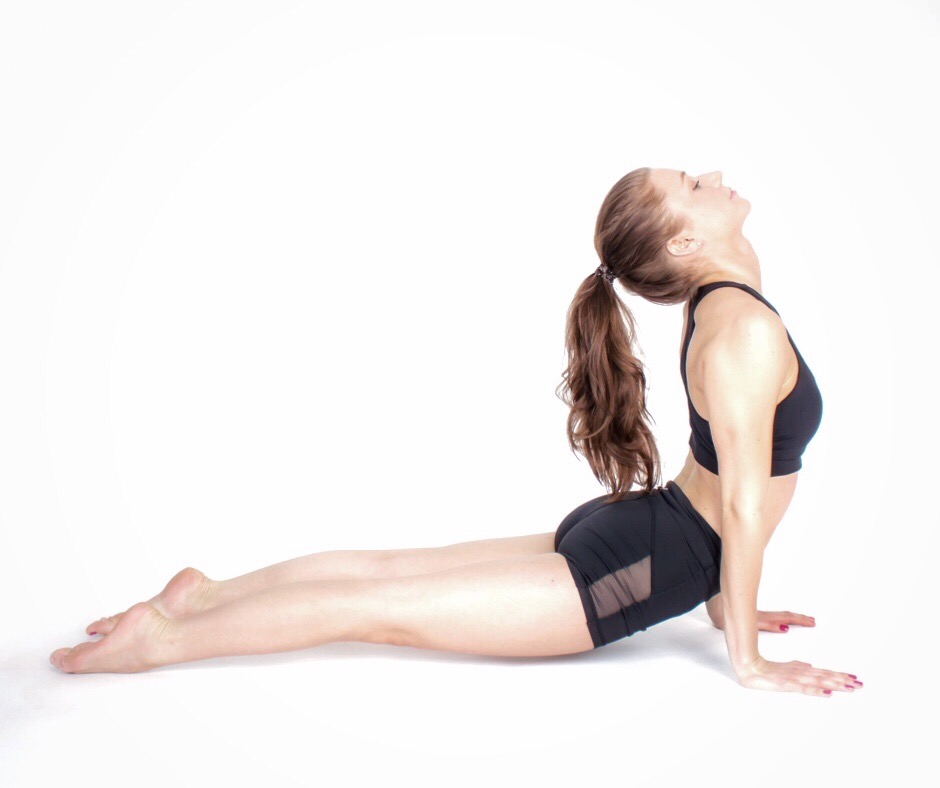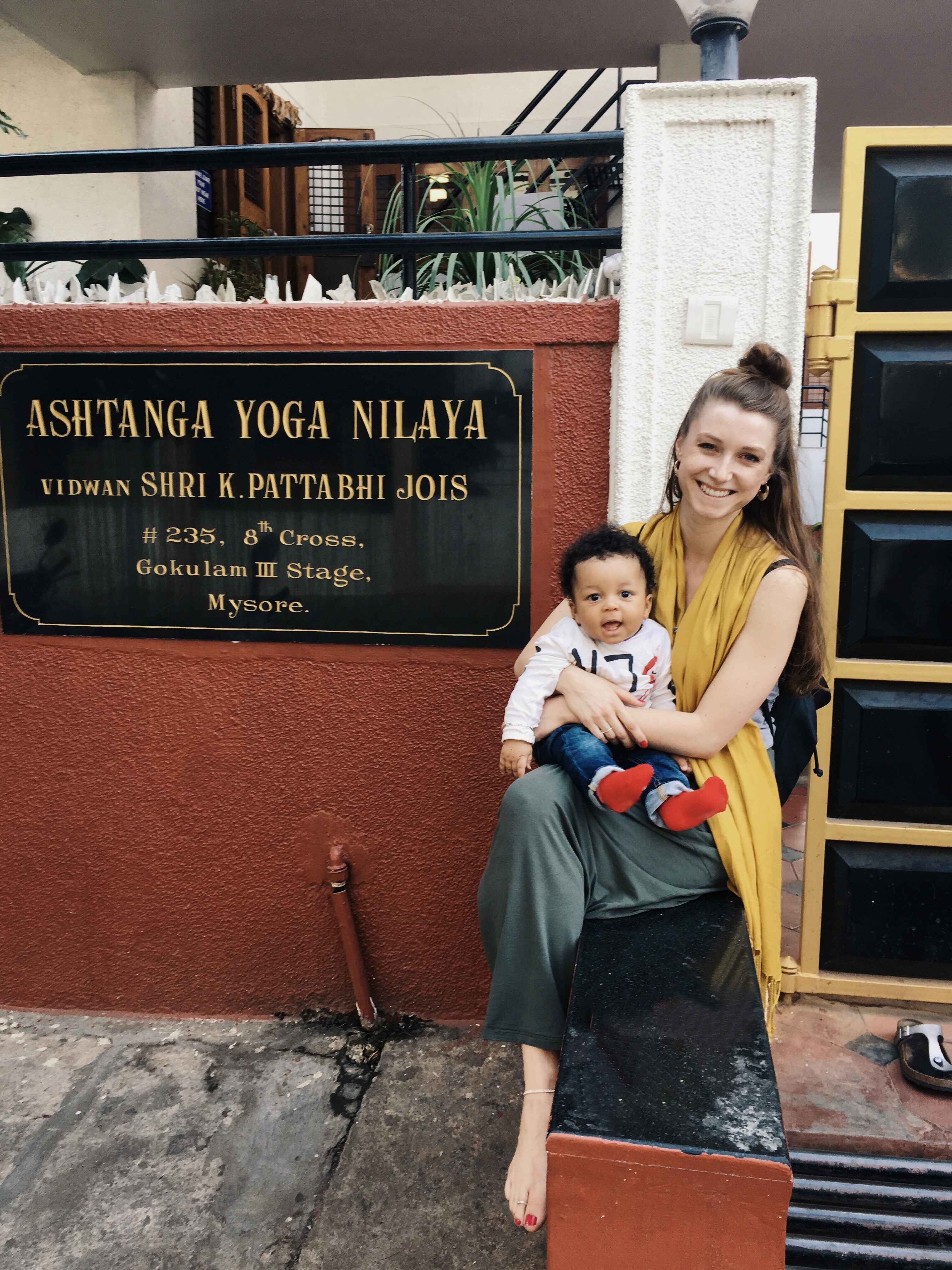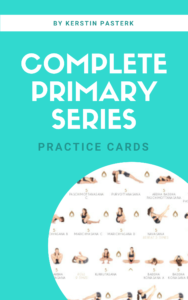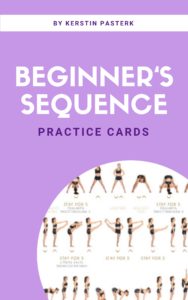The number one question students ask me is how they should ever manage to maintain a six days a week yoga practice. Here I want to share 4 vital tips on how to establish a daily yoga practice and really stick to it no matter what.
The Ashtanga Yoga method asks us to eventually develop a daily yoga practice with just one day off each week. Apart from that we usually don’t practice on moon days (full moon and new moon) as well as on ladies’ holidays (the first three days during menstruation). To establish a practice that regular and devoted, one has to start slowly and steadily to increase the days of practice. Most people start off with a minimum of three days a week and slowly add up until they finally establish a full six days a week practice. Going through this process will not only bring about physical transformations as you will feel much stronger, healthier and full of energy but also mental changes as your mind will become more focused, clear, alert and peaceful.
However, since we all live busy lives and have countless other obligations, jobs and relationships to care about, it can at times be very demanding and challenging to maintain a daily yoga practice and on some days you will feel like you just don’t have the time, space or ressources to do your practice. Here’s four tips on how to practice anyway.
1. Make the practice part of your morning routine
When we get ready in the morning we all find time to brush our teeth, have a shower and get dressed. So what if we see the yoga practice as an inherent part of our daily morning routine just like taking a shower or brushing teeth. Without that we usually wouldn’t go out in the streets. The only thing we have to do is set the alarm one or two hours earlier and then just get up and practice (I know, this is easier said than done!). My usual routine, for instance, is drinking a glass of lemon water upon waking, brushing my teeth and then starting my practice. Afterwards I have a shower, get dressed, eat my breakfast and am ready to go. As soon as I get in the streets I feel wide awake, bursting with energy and my body feels strong and smooth. At that moment at the latest I know it was really worth getting up a bit earlier to fit in my practice.
2. You don’t always have to do your full practice
Most of us, even though we would really love to, simply don’t have the time for a full two hour practice every single day because we all have family, friends and business obligations. But think about this, you don’t always have to do the full primary series or whatever series or postures you are practicing at the moment. On some days we just don’t have so much time and that is totally fine because the world outside the mat needs us. However, we can still practice EVERY day. On some days this will mean a short version of the practice, like a few minutes of sun salutations and a savasana in the end. Think about how much time a day you spend on facebook, twitter or instagram and only save five minutes of that time to spend on your yoga mat. And there you have your yoga practice for that day.
As a minimum yoga practice Sri K. Pattabhi Jois used to recommend 3 sun salutations A, 3 sun salutations B, the last three sitting postures in Padmasana and Savasana in the end. From my experience this will take about 15 minutes. However, if at times even this seems too much because you feel tired, stressed out or too busy, here’s what I like to do. I don’t think about doing a long practice, but I will still roll out my yoga mat with the only intention to step on it and take one deep conscious inhale and exhale. And most of the times after that one breath I find myself stretching my arms over my head, then bending over, stretching again and soon I find myself doing a few sun salutations and maybe even a few standing postures just because it really feels good. In the end I will have done a nice and easy yoga practice without even intending to so in the beginning and I will feel much better and more energized than before I started.
3. arrange yourself with the people in your life
First of all, as I’ve learned from experience, forget about the utopian idea of having an isolated quiet room for yourself every day and every time you practice. Try to embrace and accept the fact that at times there will be people in the same room you are practicing. Even though we always try to find a calm and peaceful spot, only a very few people have the luxury of a seperate yoga room, an entire apartment for themselves or a yoga shala nearby. So the reality is that on some days you might have to get up earlier than your partner and practice next to the bed while he or she is still asleep or you practice while your partner or family is cooking, reading or working in the same room, or you might even practice in a shared hostel room while other travellers are around. This will teach you not to take your practice too serious and rigid and develop a more flexible and soft mind towards disturbances. However, what I would recommend is talking to the people in advance and arrange if, how, where and when it is okay for everybody if you roll out your yoga mat. Together you will find a suitable solution for everyone involved.
4. Plan your practice in advance
This leads me to the next point. If your days are not the same every day you will have to organize and plan your practice in advance. That means think TODAY about how you are going to fit in your practice TOMORROW. This especially applies to when you are travelling. Get a travel mat or a yoga towel to take with you and think about where you could find time and space to practice the next day. Maybe you have the luxury of a yoga shala or a yoga room close to where you are staying. However, this is not always the case. I’ve been practicing on airports, in hostel and hotel rooms, in my parents’ garden, on inside and outside spots wherever I could find a safe space for me and my yoga mat. As I mentioned before, this will also include considering the people involved and whether they are okay with a yogi doing some crazy bends in their back yard.
The truth is, everybody will have to make up their mind and find their individual creative solution on how to incorporate the practice into their daily lives. In doing so everybody will face different challenges and obstacles and these again will differ as you progress through life. But remember, you reap what you sow and, trust me, the fruits will be so so worth it!




